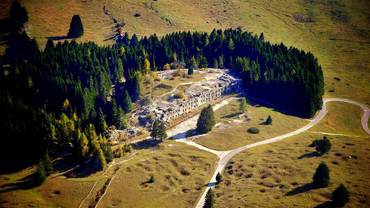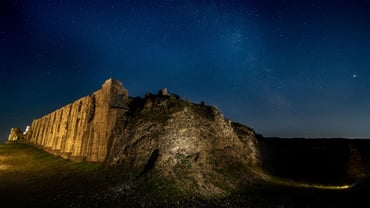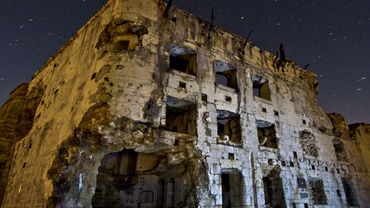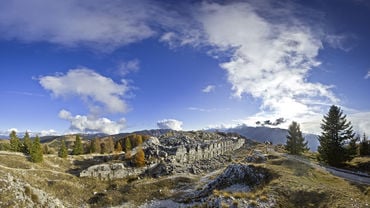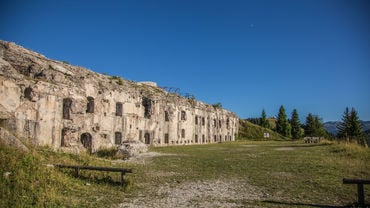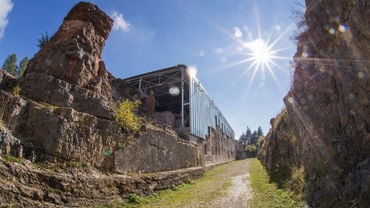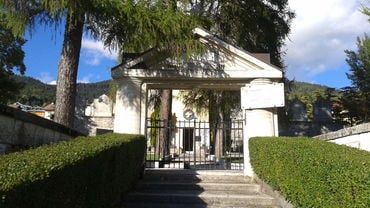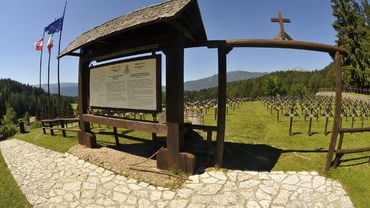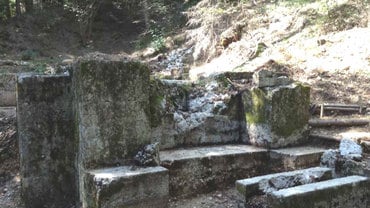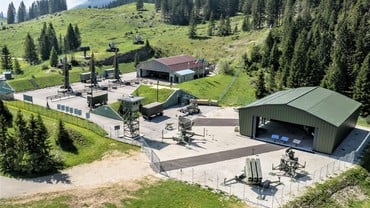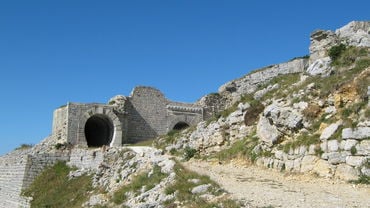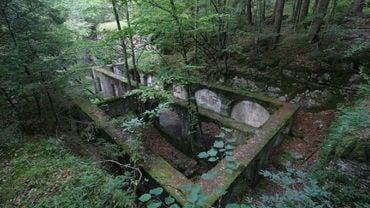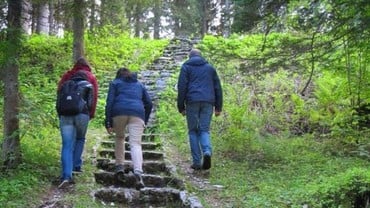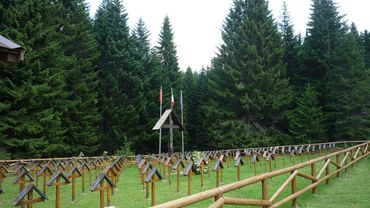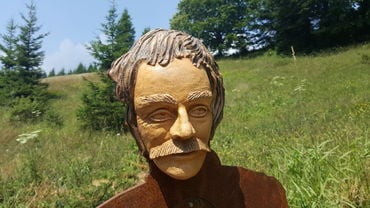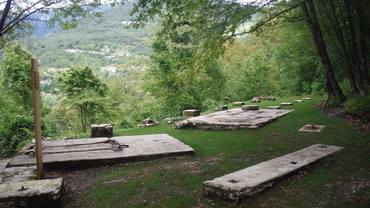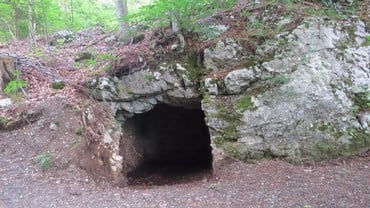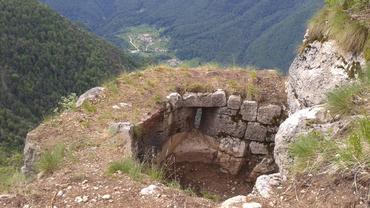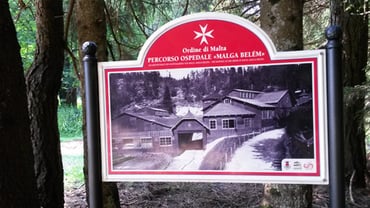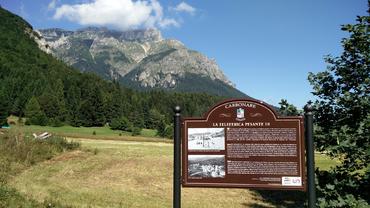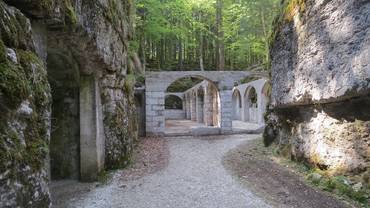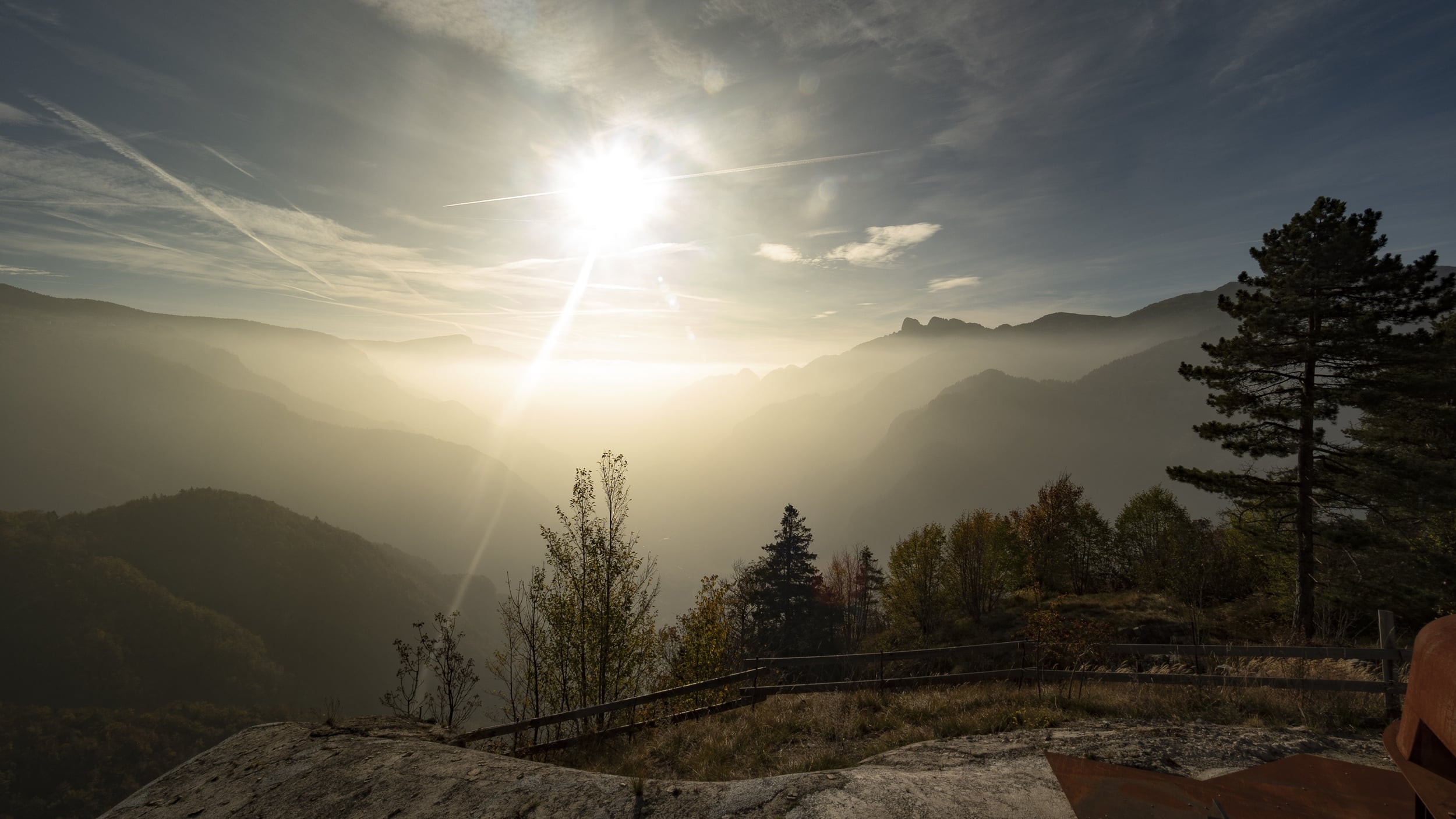
These are seven Forts from the First World War: Fort Cima Vézzena, Fort Busa Verle, Fort Lusérn, Fort Gschwent Belvedere, Fort Cherle, Fort Sommo Alto, and Fort Dosso del Sommo. These structures were built in Trentino, between Folgaria, Lavarone, and Lusérn, by the Austro-Hungarians and were spread along a 30 km line. On May 24th, 1915, there was what was called the "Fortress War," during which a sea of fire poured onto the Austro-Hungarian forts.
Forte Cima Vézzena, nicknamed "the eye of the plateaus," primarily served as an observatory. It was armed with machine guns in fixed and rotating armored domes and was excavated from the mountain rock.
Fort Busa Verle, which worked "in tandem" with Cima Vezzena, had the important task of blocking access to the Plateaus of the Val d'Assa. During the war, it used its 4 100mm howitzers, 4 60mm, and 2 80mm cannons to decimate the Italian army but suffered heavy bombardments.
Fort Gschwent-Belvedere of Lavarone is the only fort not to have been destroyed, as Vittorio Emanuele III decided to leave it intact as a symbol of that tragic war. In this fort, there was a motto that said "For Trento, I suffice," and it kept faith with these words as it did not suffer direct attacks. Currently, this fortress hosts a museum.
Fort Werk Lusérn was the pillar of the "steel trench," along with the Vezzena observation fort. The "steel trench" was a defensive system that, during a frontal assault by the Italian army, claimed the lives of 1048 soldiers.
Fort Cherle, equipped with 6 100mm howitzers mounted on rotating turrets, an armored observatory, 2 60mm cannons, and a series of machine gun positions, was the third armed stronghold of the plateau.
Fort Sommo Alto and Fort Dosso delle Somme, together with Fort Cherle, completed the armed defense of the plateaus.
Today, it is possible to visit these places by undertaking walking or cycling itineraries – the most famous route being the 100 km of the Forts – or by visiting the Forte Gschwent-Belvedere museum in Lavarone.
It was thought it would last shortly, but it lasted instead four long and endless years, and many, too many, never returned.
In May 1915, the conflict also reached these mountains, and our people were sent as refugees to the remote villages of Bohemia, Moravia, Upper and Lower Austria, in the so-called "Wooden Cities."
One hundred years later, we do not celebrate that event but remember it, so as not to forget.







